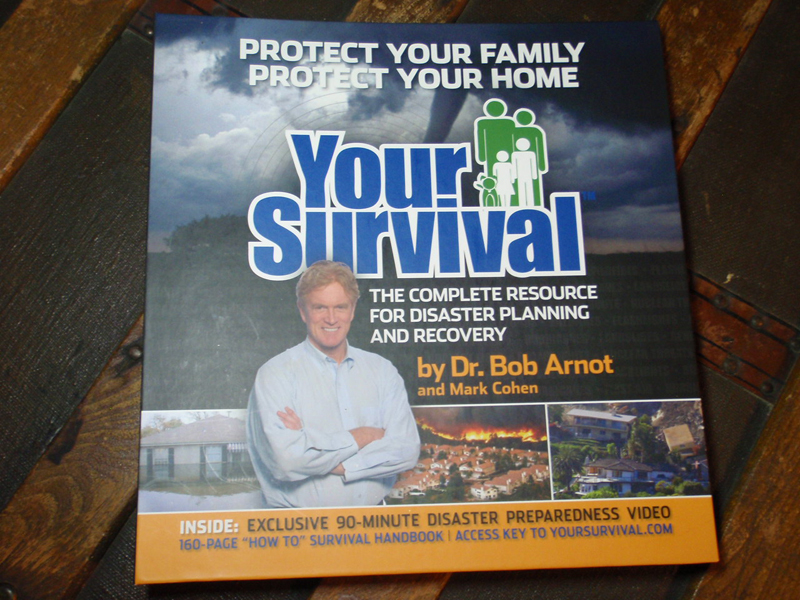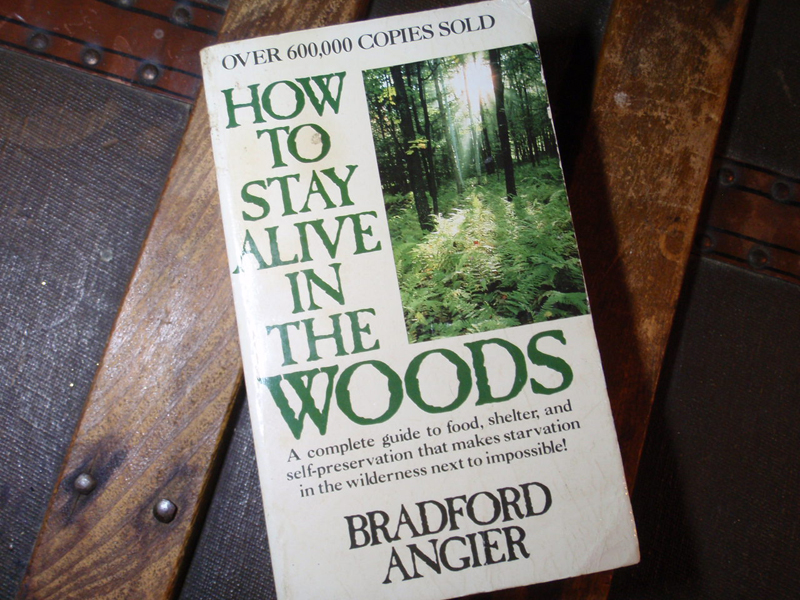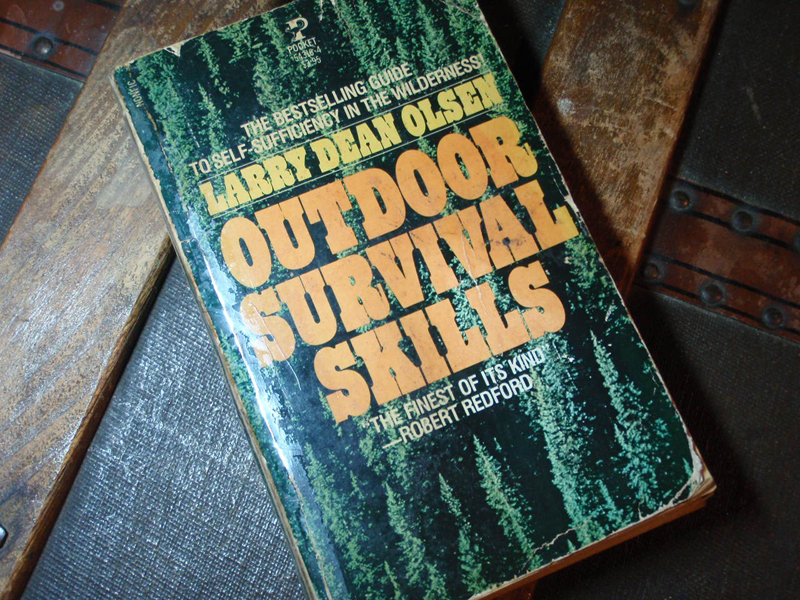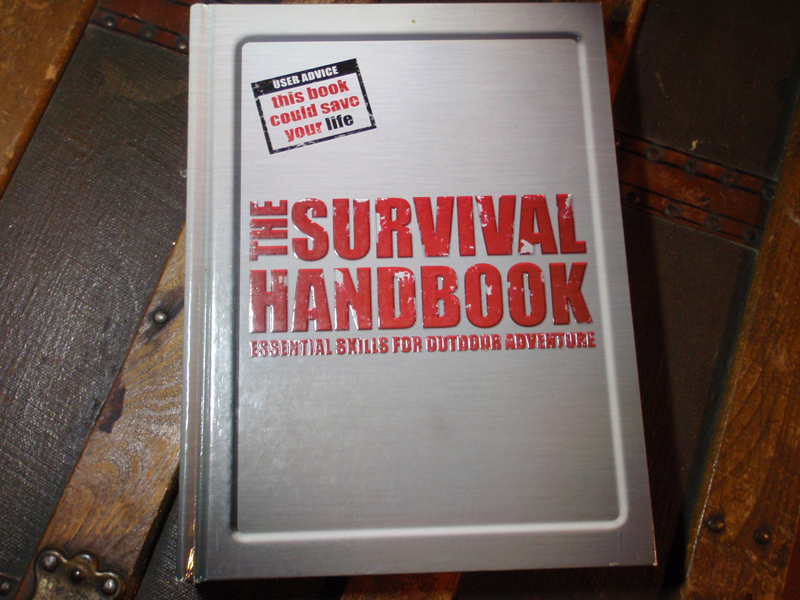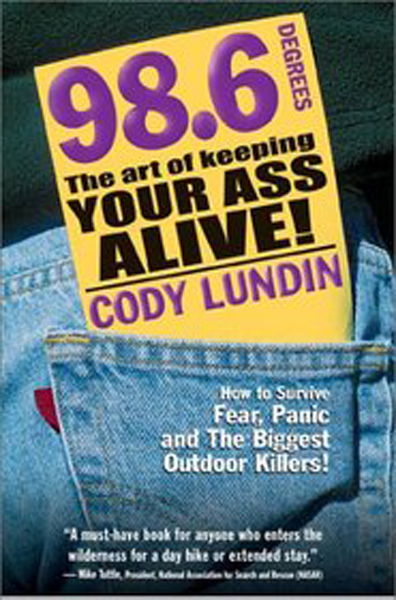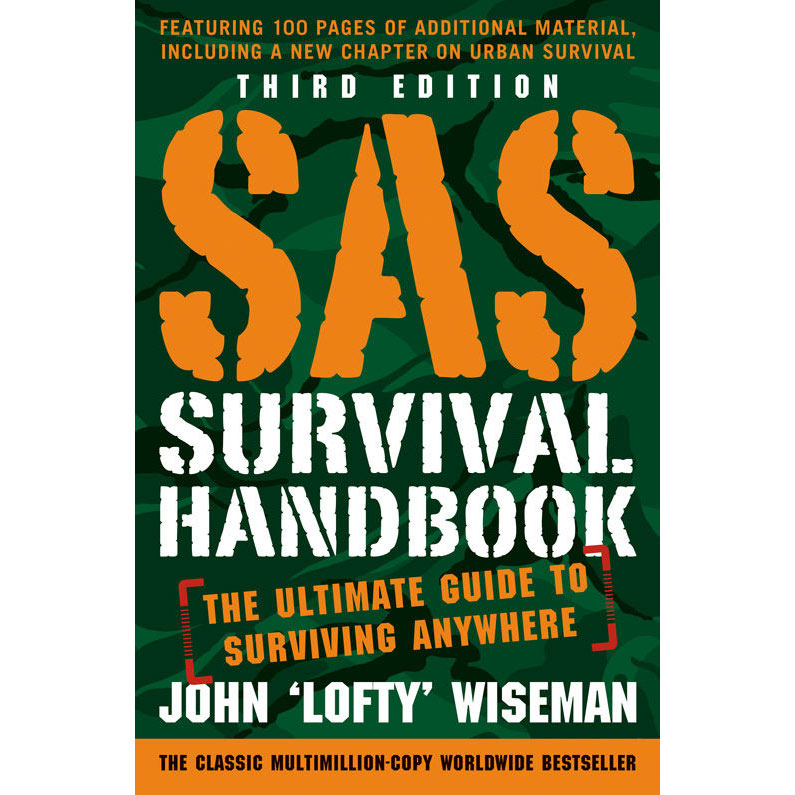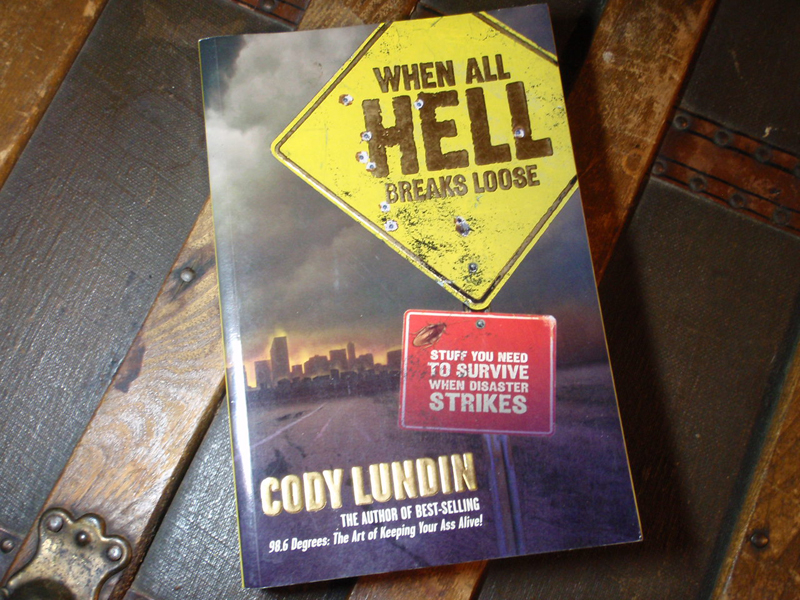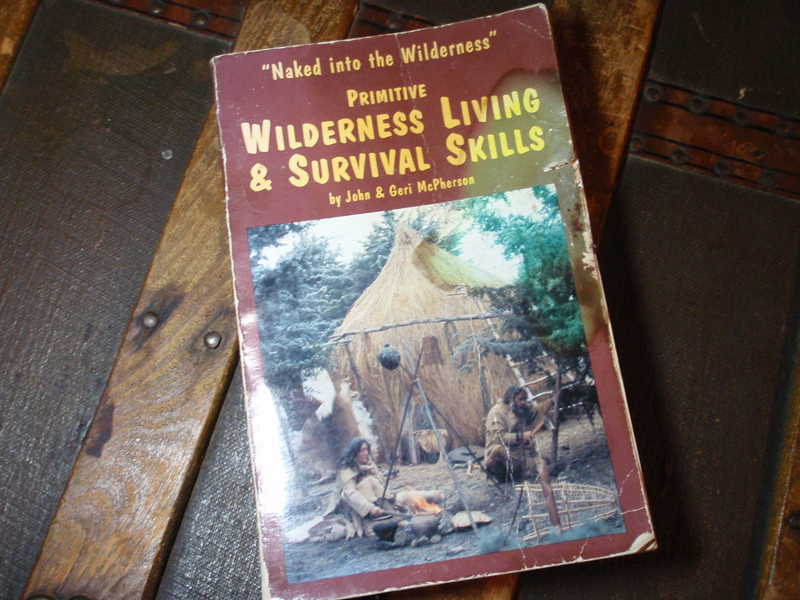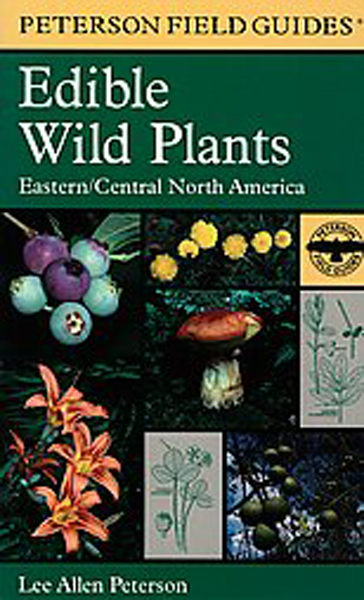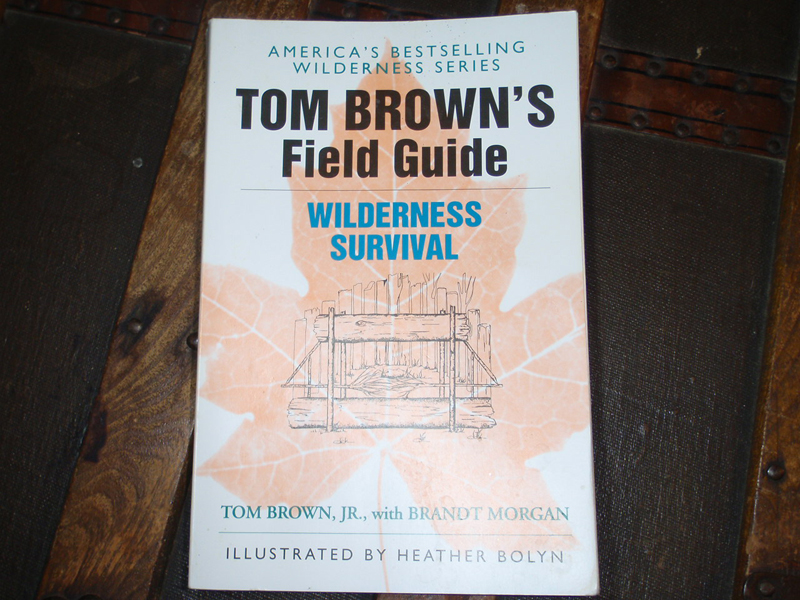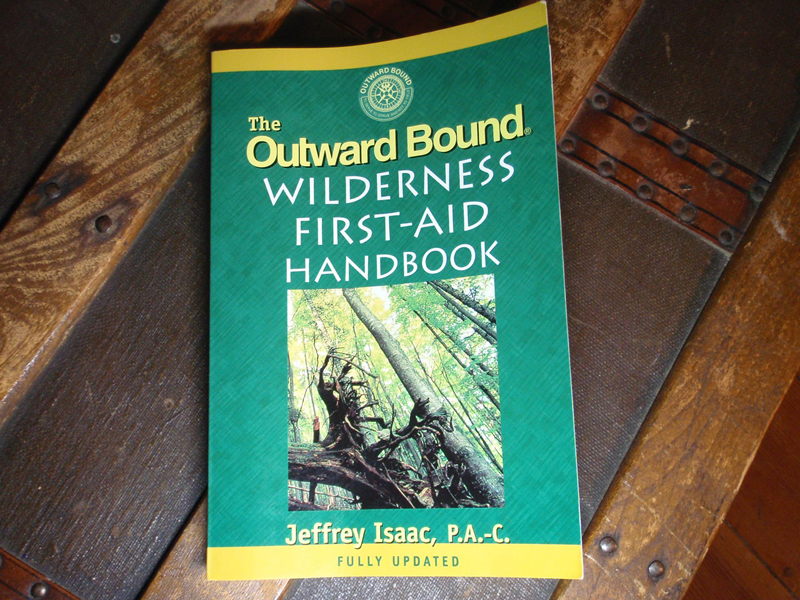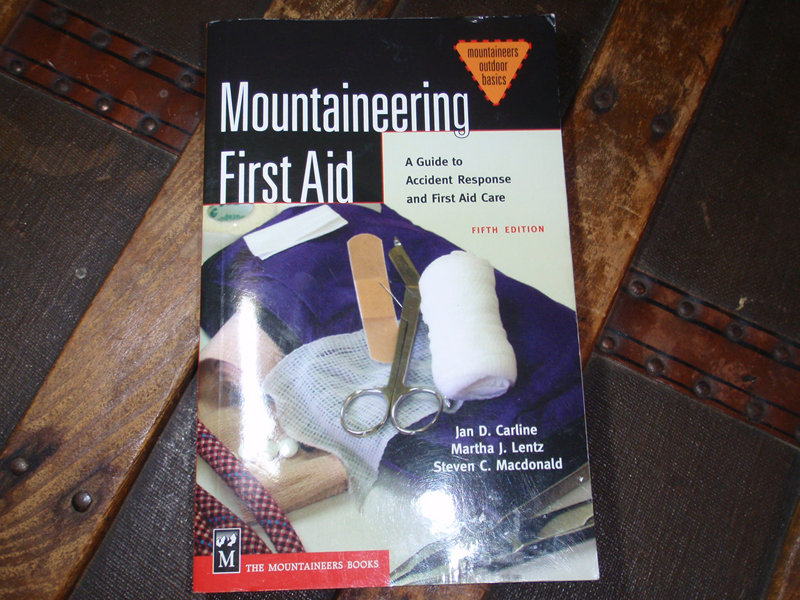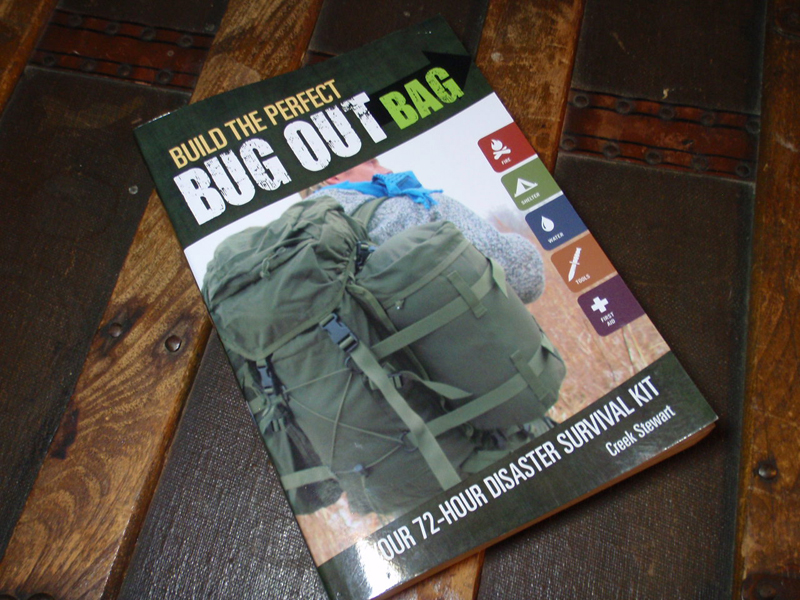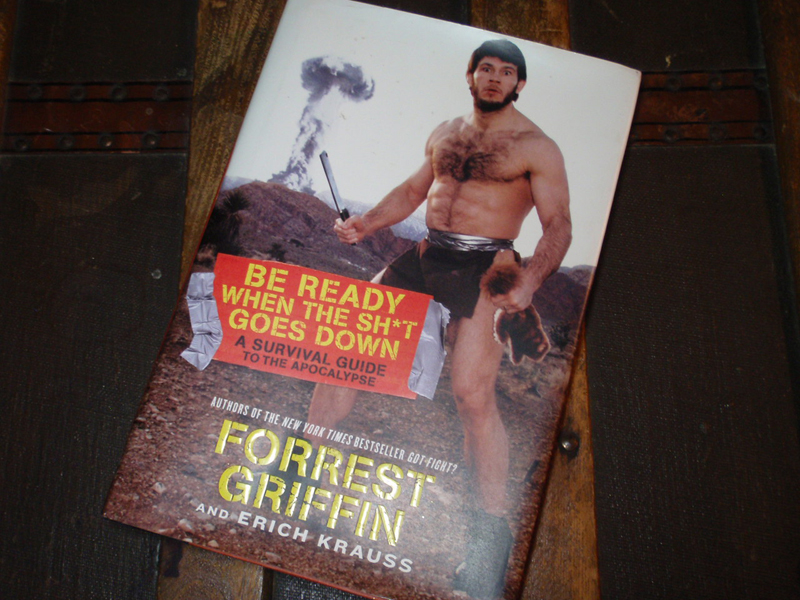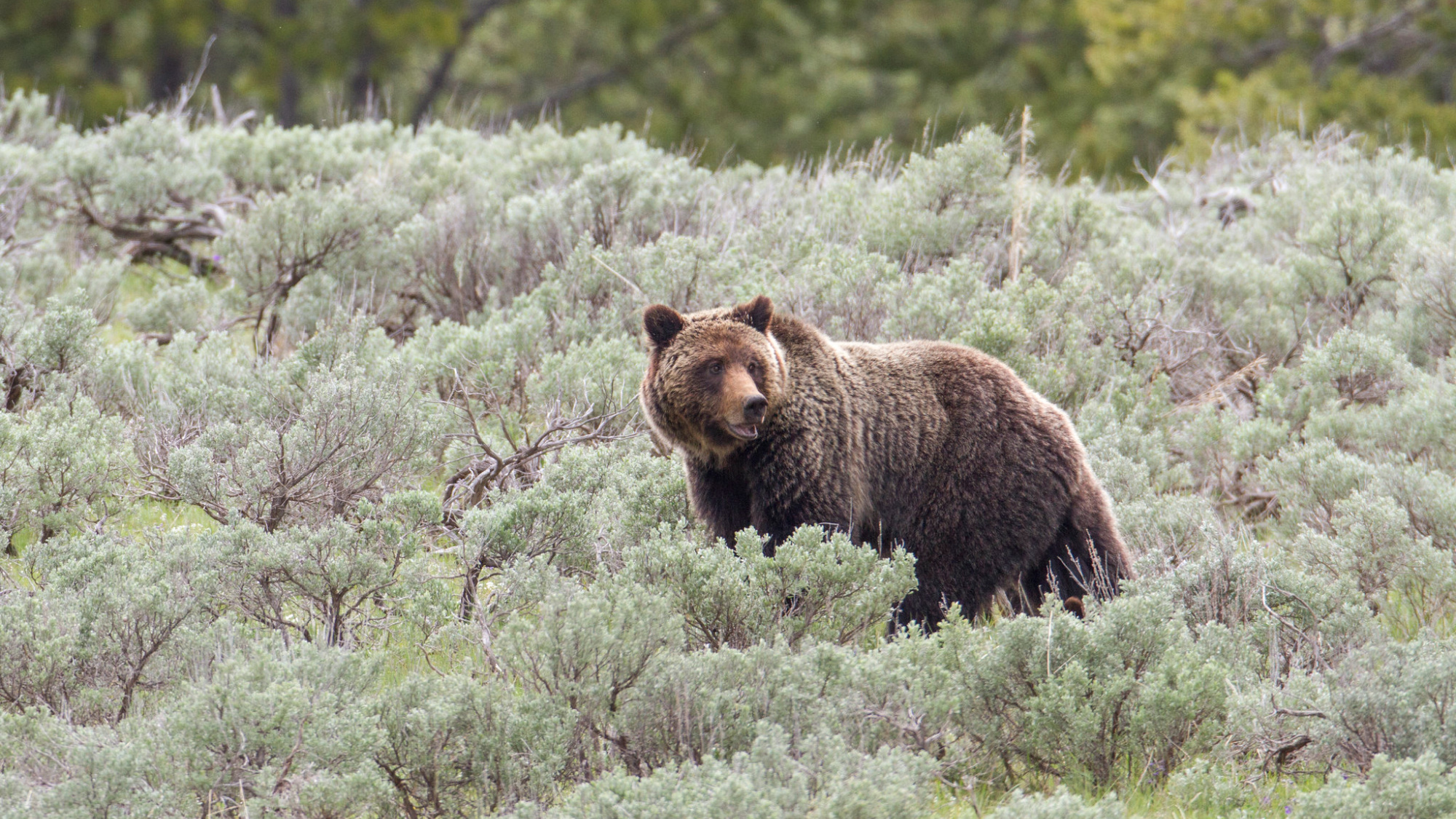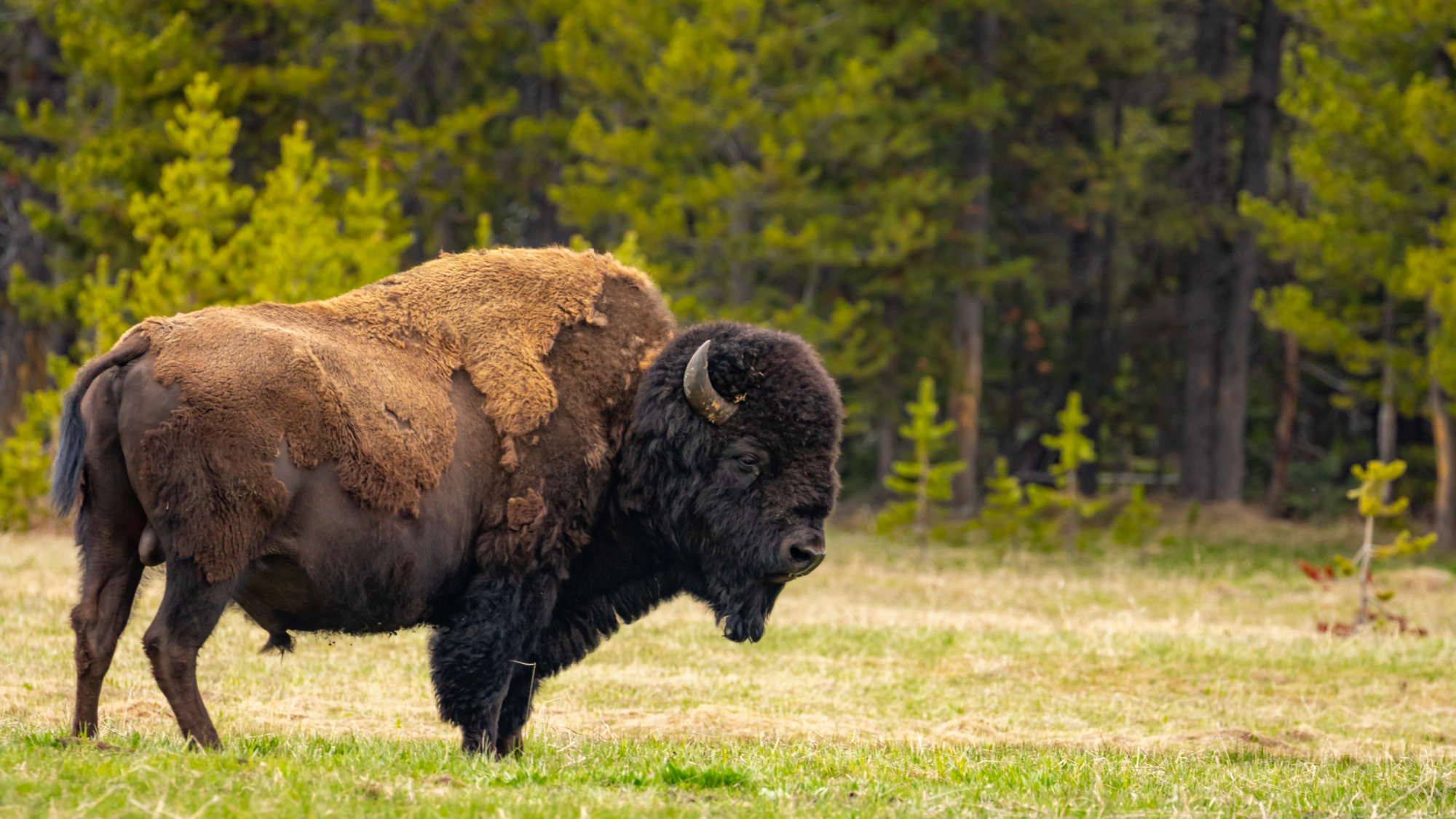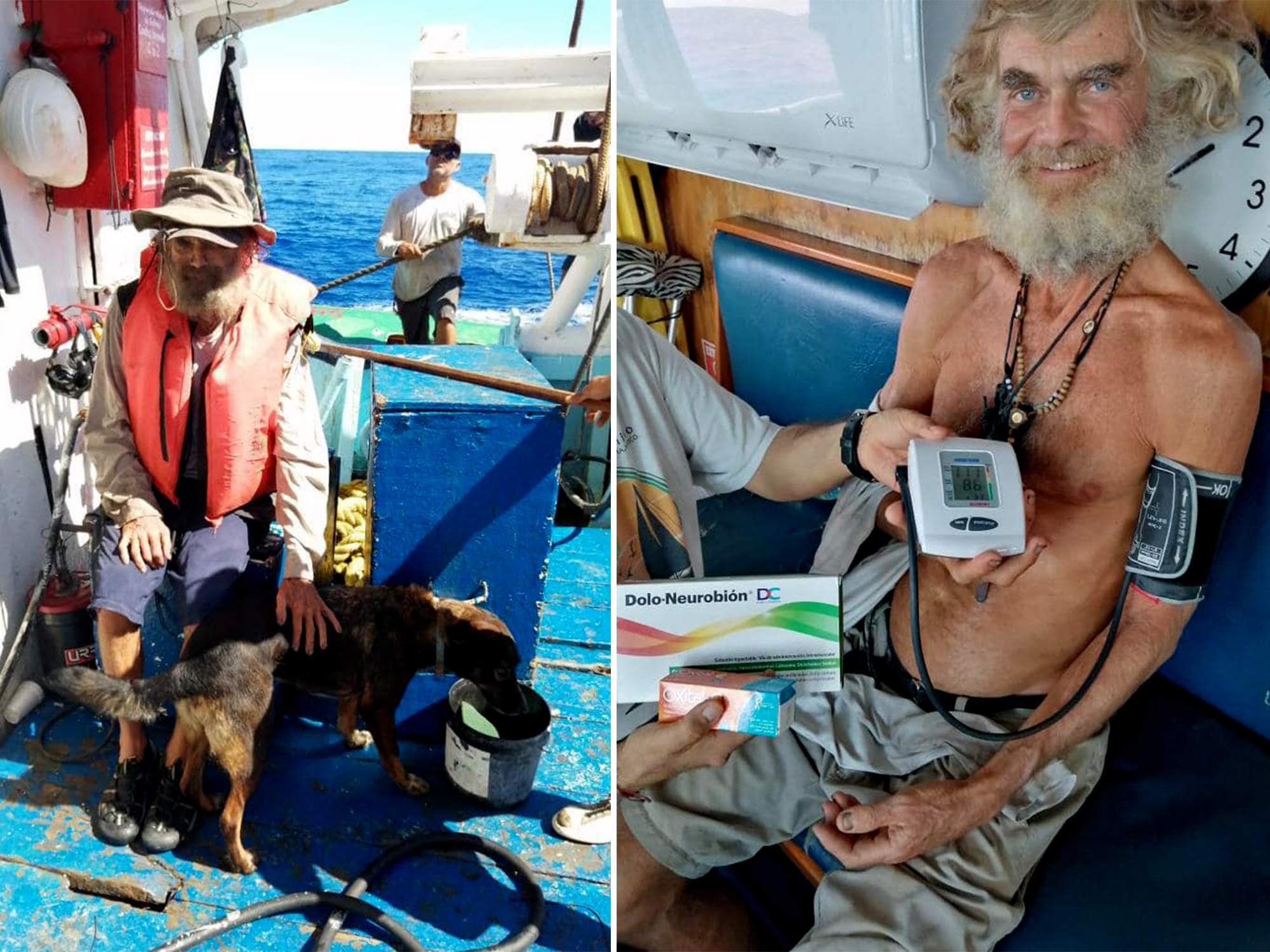The 15 Best Survival Books Ever Written
Your guide to build a life-saving library with the best books ever.
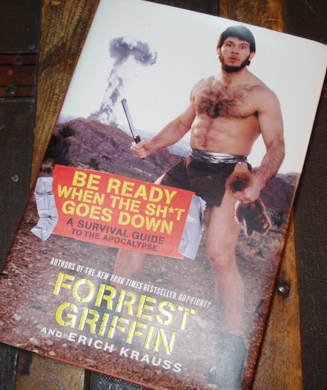

survivalmanual_01
Not everyone’s a Navy Seal or an Eagle Scout. So for those who haven’t received hands-on training in survival skills, studying a quality survival manual is your next best option. Whether you have a full library of self-preservation books, or you are looking to buy your first survival guide, check out our some of our favorite titles.
How to Create Your Own a Survival Book Library
To me, every episode of your favorite survival show on DVD or a survival app on your fancy phone just don’t take the place of a real paper book. So what’s in my library? Four different kinds of books that keep my skills sharp and keep me learning for the time when things turn for the worst.
Wilderness Survival Books
Since wilderness survival skills are the most likely skill set that an outdoorsman will employ, let’s start our library there. It’s hard to go wrong with classics Like Bradford Angier’s “How To Stay Alive In The Woods,” Larry Dean Olsen’s “Outdoor Survival Skills,” John and Geri McPhersen’s “Wilderness Living And survival Skills,” and Mors Kochanski’s “Bushcraft.” These books, many of which are decades old, have stood the test of time and always provide me with a great reading list to give to wilderness neophytes.
And if you are looking for something with a more contemporary look and feel, then check out “The Survival Handbook,” by Colin Towell, and “98.6 Degrees,” by Cody Lundin. The “handbook” is a very complete hard cover book dealing with a great many survival skills and instructions on how to survive in different environments. Lundin’s “98.6” gives you a novel view of the physical and psychological elements in a survival scenario, and it also provides you with a foolproof recipe for a wilderness survival kit.
Urban Survival Books
There are so many ways to go in the vague field of urban survival, so I’ll just list my top pick. “When All Hell Breaks Loose” by Cody Lundin has the most diverse assortment of modern survival skills that you’ll find in just one book. It deals with disaster survival mostly, but covers shelter, water, fire, food, first aid, communications and a host of other topics. If the whole disaster and mayhem subject gets too heavy, there’s a horribly comedic book which I like as an urban survival palate cleanser.
UFC fighter Forest Griffin, along with his author friend Eric Krauss have put together the most foul-mouthed and irreverent book I have ever read. It’s called “Be Ready When The Sh*t Goes Down”. This self-proclaimed survival guide to the apocalypse is packed full of disturbing concepts, and humorous yet filthy stories. If you have ever been offended by ANYTHING, then this book is not for you. But if you would like to learn how to start alienating your friends and family now, so they don’t come looking for your help after the end of the world, then this might just be the book for you.
Wild Plant Books
You need a Peterson’s “A Field Guide to Edible Wild Plants” as the minimum requirement for a survival library. Other books are good, but Peterson’s book is small enough and thorough enough to bug out with you and feed you for years (if the edibles are available, that is). Owning a few tree guides and wildflower guides will help out immensely, if you cannot ID that pesky weed or shrub you keep running into.
Audubon makes some nice full color photo ID books, while Newcomb’s and Peterson’s stick to the classic drawing and painting format. So many skills come down to material identification, you really don’t want to skip over the tree and plant section in your home library.
Homesteader Books
We’ll wrap up our survival library with some good, clean homesteader skills. “Square Foot Gardening,” “The Chicken Tractor,” “Foxfire” series, Reader’s Digest “Back To Basics” and so many other books could provide you with an interesting read and give you the skills to better take care of yourself and your family in the event of money troubles, supply chain problems or a full scale Ragnarok (Viking Armageddon).
The 15 Best Survival Books Ever Written
One of these 15 books just might save your life some day. Make sure they’re ready to read in your new survival library.
Tim MacWelch
This manual by Dr. Bob Arnot and Mark Cohen is a simple, easy-to-read book focusing on disaster survival. The book is broken into three sections that provide advice “Before Disaster Strikes,” “During an Emergency,” and “After the Crisis.” This book is packed with expert tips and helpful checklists so you can purchase and organize your food, first aid equipment, and supplies. As a bonus, the book comes with a 90-minute disaster preparedness video that the whole family should watch.
Tim MacWelch
This Bradford Angier book is an absolute classic, and the small paperback can be easily tucked into your gear and taken along for the trip. The content is fairly solid, though the drawings leave you a little short on the details of certain skills like setting traps and fire building. Although the language is somewhat dated now (it was written in 1956), the book has one great thing going for it: The information is evergreen. That is, the skills presented have anyways worked and always will work. If you are lucky, this little book might be all you ever need.
Tim MacWelch
This is the book that started my obsession with survival skills. I was 16 years old when I first bought Larry Dean Olsen’s Outdoor Survival Skills. This is a solid little wilderness survival book that shows us that less is sometimes more. The book teaches Native American-inspired skill sets to acquire shelter, water, food, fire, tools, and much more. With this book you can effectively learn how to make string, archery tackle, and even functional friction fire equipment. Over the years, I’ve actively field-tested the lessons in this book, successfully replicating the skills outlined in its pages. If I can do it, so can you.
Tim MacWelch
The Survival Handbook, by Colin Towell, is exactly what you would expect from the looks of it. This big book is a thorough study in all things survival. From different scenarios to different climates, the book covers the global skills you would need to survive in a wide variety of conditions and regions. The contemporary writing and illustrations make this book attractive to younger readers, but the skills are the same as the those you would find in a more venerable book. If you can afford only one survival manual, this might be the one for you.
Tim MacWelch
Cody Lundin’s first book, 98.6 Degrees, may be the ultimate “survival kit” book. It explains the physiological needs for certain things, and then explains the gear required to provide for these needs. With humorous text from Lundin and quirky drawings from professional cartoonist Russ Miller, the book is loaded with legitimate backcountry expertise presented in a memorable way. This book may not be everybody’s cup of tea, but it’s one of the most highly rated survival books to come out in recent years. If you like survivalist/naturalist Cody Lundin on the “Dual Survival” television show, then you’ll probably enjoy the skills and techniques taught in his book.
SAS Survival Guide
This bestselling survival handbook written by ex-Special Air Service survival expert John ‘Lofty’ Wiseman contains some of the most reliable and respected survival info available. From old-school navigation skills to up-to-date technologies like GPS, you can learn survival skills for any climate, on land or at sea. Disaster survival and other contemporary topics have been added to more recent additions of this popular and trusted book.
Tim MacWelch
Another great read from Cody Lundin is his 2009 disaster survival guide, When All Hell Breaks Loose. For those that liked 98.6 Degrees, you’ll love this large book filled with disaster preps and emergency skills. With topics ranging from bugging out, to building an emergency outdoor kitchen, to dealing with a dead body, there is a wealth of information covered in this very detailed book. This is not just a disaster survival or urban survival book; there are lessons in here for almost any type of emergency. This is one of my favorite books.
Tim MacWelch
This book by John and Geri McPherson is subtitled “Primitive Wilderness Living & Survival Skills.” It is similar to Larry Dean Olsen’s book, and although it doesn’t cover as many skills, it does delve more deeply into the skills covered. Learn how to brain-tan deerskins, make sharp stone blades, build bow drill equipment, and many other trades of the outdoorsman. This book is ideal for those who need a hands-on approach to primitive living skills.
Tim MacWelch
Every survival library needs a copy of this book, and so does every Bug Out Bag. The 400 plants described in this book are found throughout the eastern half of the U.S., with many of them growing coast to coast. This concise book tells you which wild plants to use for salad, tea, root vegetables, and many other foraged foods. Don’t let the black and white line drawings deter you. This book has the details and an extensive number of plants that many slick-looking books with color photos are lacking. Never go hungry again with this book in your pocket.
Tim MacWelch
This back-to-basics book shows you how to take care of shelter, water, fire, food, tools, and supplies, along with instructions on identifying wild edible plants, tanning hides, improving your archery skills and much more. This book, along with the author’s score of other books, have created an East Coast survival skills phenomenon.
Tim MacWelch
This handbook by Jeffrey Isaac, PA-C, is a very detailed medical book, full of technical info written in easily understood language. This book caters to the outdoorsy crowd and covers many scenarios that you would commonly face while in the wilderness. Muscular and skeletal injuries, toxins, cold injuries, dental problems, and many other ailments and injuries are explained and a variety of treatments are offered. If this book doesn’t keep you in one piece on the way to the doctor, nothing will.
Tim MacWelch
Mountaineering First Aid by Jan Carline, Martha Lentz, and Steven Macdonald is a pocket-sized book on accident response and first aid care, which would fit nicely in a wilderness medical kit. This book has a number of good checklists, and provides instruction on dealing with many typical outdoor injuries. I keep this book in my largest medical bag as a reference guide for symptoms and signs of trouble.
Tim MacWelch
The title pretty much says it all. Survival instructor/recently turned author, Creek Stewart, has written a play-by-play book to guide us through the art of building an evacuation kit that would be our life line if we ever had to “bug out.” This book helps us determine the gear we would need to assemble a 72-hour kit on virtually any budget. Loaded with options, each chapter helps us assess our needs and find a way to meet them. Numerous checklists and photos make the book easy to read, understand, and use.
Tim MacWelch
For millennia, man has struggled to control the beast within himself. UFC fighter and author Forrest Griffin, however, has ridden that beast into uncharted waters, possibly drowning the poor thing. This book is mostly a dirty joke book–at least that’s how I read it–but it has two useful points for real survival skills enthusiasts. Point one is that Forrest isn’t in the same rut that we may be trapped in. I find the book thought provoking, like the chapter on digging up your wife’s flower garden in order to build a bunker with a separate jail inside to lock up annoying family members. And the chapter on building a Vehicle of Destruction (with an onboard brewery) is inspired. It may be inspired by a lunatic, but I stand by my opinion. Which brings me to the second point I take from this book: Don’t take everything so seriously. It’s easy to get all gloom-and-doom with urban survival and disaster prep, so this book could possibly be your foul-mouthed palate cleanser. Warning: This book is absolutely NOT for young people.
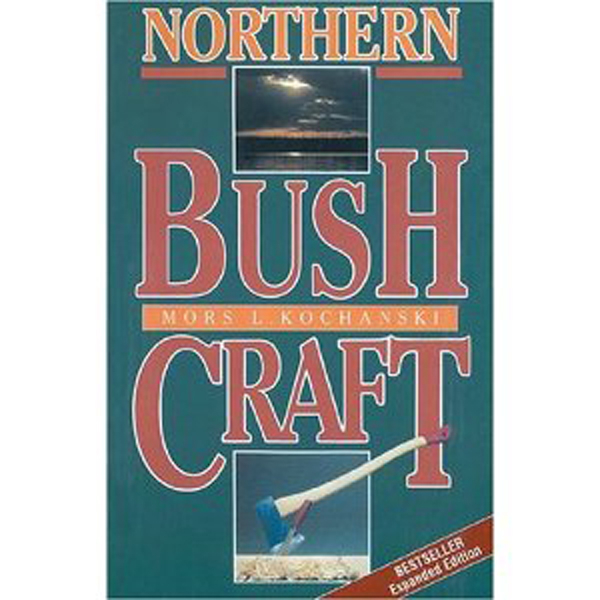
Northern Bushcraft
Northern Bushcraft, by Mors Kochanski, is a great survival book, no matter where you live or where you go on adventures. That said, it is filled with skills gleaned from living the wild life in the northern woods of Canada. From snaring snowshoe hares or hunting a moose to sharpening axes, felling trees, lighting fires, building shelters, and much more, this book is a great outdoor resource.
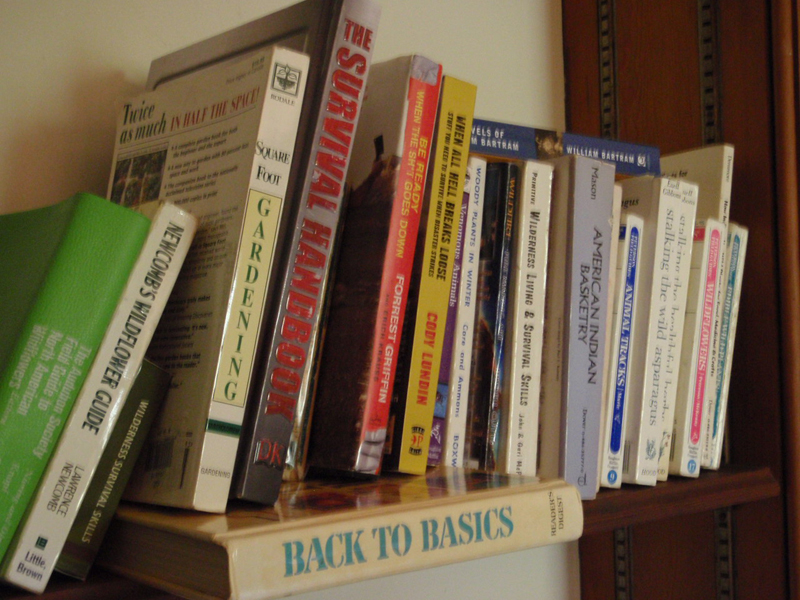
Your Library
So many titles, so many choices. And if you’ve already poured through all of these, check out OL’s Ultimate Survival Manual.
But these books do you no good if you do not read them and retain the knowledge they hold. The best way to hang onto all that know-how is to put it into practice. See what works for you, and see what works in your area. Good luck, and happy reading.
